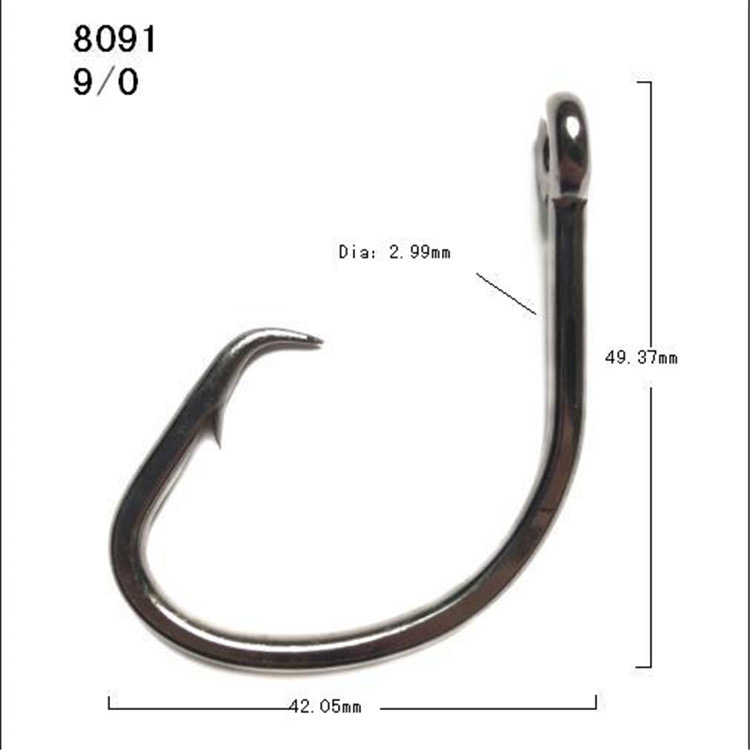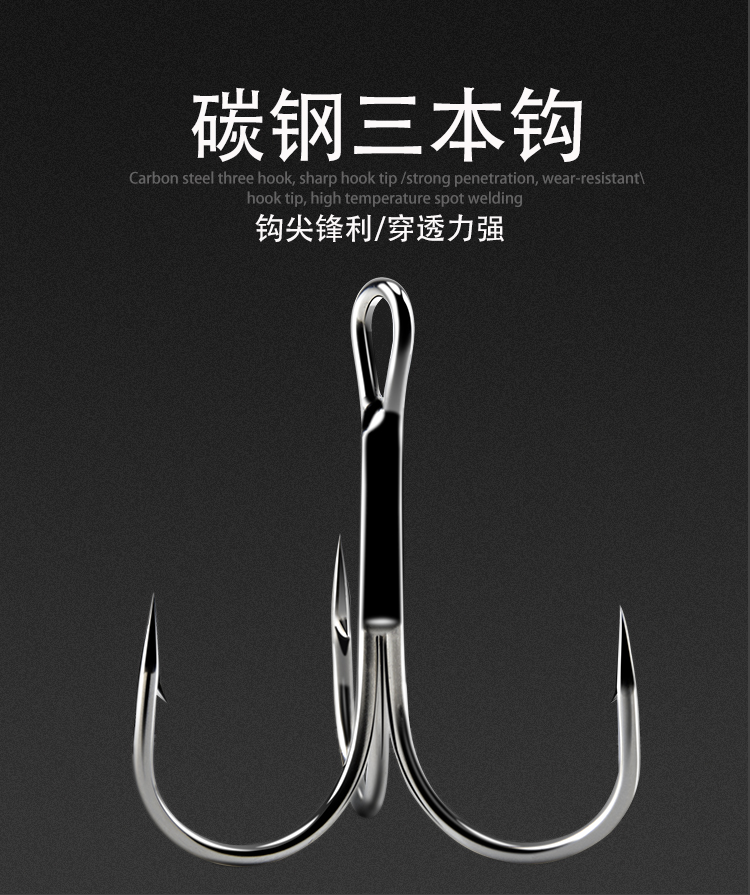Fishing for striped bass in murky water presents unique challenges. Reduced visibility means bass rely more on their lateral line and sense of vibration to locate prey, requiring anglers to adapt their gear and techniques. Among the most critical decisions is selecting the right fishing hooks to ensure effective hooksets while prioritizing conservation. Here’s a comprehensive guide to choosing and using the best hooks for murky water striper fishing, backed by science and practical insights.
Why hook Choice Matters in Murky Conditions
In murky water, striped bass cannot visually track lures or bait as effectively, making vibration, scent, and movement essential for attracting strikes. However, even with optimal bait action, poor hook selection can lead to missed opportunities or unintended harm to the fish. Hooks must balance strength for powerful hooksets with designs that minimize deep hooking, especially under low-visibility conditions where fish may strike unpredictably.
Top Hook Types for Murky Water Stripers
1. Non-Offset Circle Hooks
Mandated by regulations in many Atlantic coastal states when using natural bait, non-offset circle hooks are designed to reduce gut-hooking by catching the fish’s jaw corner. Their inward-curving point and inline design minimize injury, improving post-release survival rates—a critical factor given the overfished status of striped bass populations.
Application: Ideal for live or cut bait rigs, such as menhaden, clams, or eels. Pair with a Carolina rig or fish-finder setup to keep bait near the bottom while allowing natural movement.

2. Wide-Gap Octopus Hooks
Octopus hooks feature a short shank and wide gap, making them versatile for threading soft baits like sandworms or securing chunk baits. Their design ensures the hook point remains exposed even when bait partially obscures it, critical for quick penetration in murky conditions.
Application: Use with chunk baits (e.g., bunker or mackerel) or stringy baits like bloodworms. Opt for sizes 2/0–5/0 to match bait size and avoid overpowering finesse presentations.
3. Light-Wire Circle Hooks
Light-wire variants of circle hooks offer faster penetration and reduced weight, ideal for finesse rigs where subtlety matters. These hooks are less likely to alter bait action and excel when paired with live spot or small menhaden, allowing the bait to swim naturally while maintaining hooking efficiency.
4. Siwash Hooks
Known for their large eye and long shank, Siwash hooks are popular replacements for treble hooks on plugs or jigs. Their single-point design reduces snagging in debris-laden murky waters while providing a solid hold on aggressive stripers.
Rigging and Technique Tips for Murky Water
Prioritize Vibration and Flash: Pair hooks with lures that create noise or vibration, such as rattling swimbaits or metal spoons. Brightly colored lures (e.g., chartreuse or silver) enhance visibility, while hooks with reflective finishes add extra flash.
Slow Your Retrieve: Stripers in murky water need time to locate and strike. Use a slow, steady retrieve with occasional pauses to let the bait sink, mimicking injured prey. Circle hooks excel here, as they self-set with steady pressure.
Adjust Hook Size to Bait: Larger baits like live eels require 8/0–9/0 hooks, while smaller offerings (e.g., seaworms) pair best with 2/0–4/0 sizes. Ensure the hook gap isn’t obstructed to maximize hooking efficiency.

Conservation and Regulatory Considerations
Regulations in states like Connecticut and New Jersey mandate non-offset circle hooks when using natural bait for striped bass, aiming to reduce post-release mortality. Anglers targeting other species must release any incidentally caught stripers if non-compliant hooks are used. Penalties for violations highlight the importance of adhering to these rules, which are part of broader efforts to rebuild striped bass stocks.
Key compliance tips:
Check local regulations for hook requirements, as rules vary by waterbody and season.
Use barbless or micro-barb hooks to simplify removal and minimize tissue damage.
Revive exhausted fish by cradling them upright in the water until they swim away strongly.
The Science of Hooks and Murky Water Success
Studies by the Atlantic States Marine Fisheries Commission (ASMFC) show circle hooks reduce deep-hooking incidents by up to 60%, significantly improving survival rates. In murky environments, where strikes are often aggressive but imprecise, the self-setting mechanism of circle hooks ensures a higher percentage of jaw hooks rather than gut hooks.
Historical data from Chesapeake Bay fisheries further supports the role of lighter gear in reducing mortality. Anglers using light-wire hooks report fewer bent or broken hooks during fights, balancing durability with conservation goals.
Seasonal Adaptations
Spring/Fall: During cooler months, striped bass feed aggressively in shallow murky zones. Use smaller hooks (2/0–4/0) with slim-profile baits like jerkbaits or paddle-tail swimbaits to mimic baitfish.
Summer: In warmer water, stripers retreat to deeper, cooler areas. Switch to weighted rigs with 6/0–8/0 hooks to maintain bottom contact while allowing bait to drift naturally.
Conclusion
Selecting the best hooks for striped bass in murky water involves balancing regulatory compliance, conservation ethics, and tactical efficiency. Non-offset circle hooks, wide-gap octopus designs, and light-wire options each play a role in adapting to low-visibility conditions. By pairing these hooks with vibration-focused lures and slow retrieves, anglers can maximize their catch rates while contributing to the long-term health of striped bass populations.
Always verify local regulations before your trip, and consider practicing catch-and-release with barbless hooks to support sustainable fisheries. For more detailed guidelines, consult your state’s wildlife agency or fisheries department.